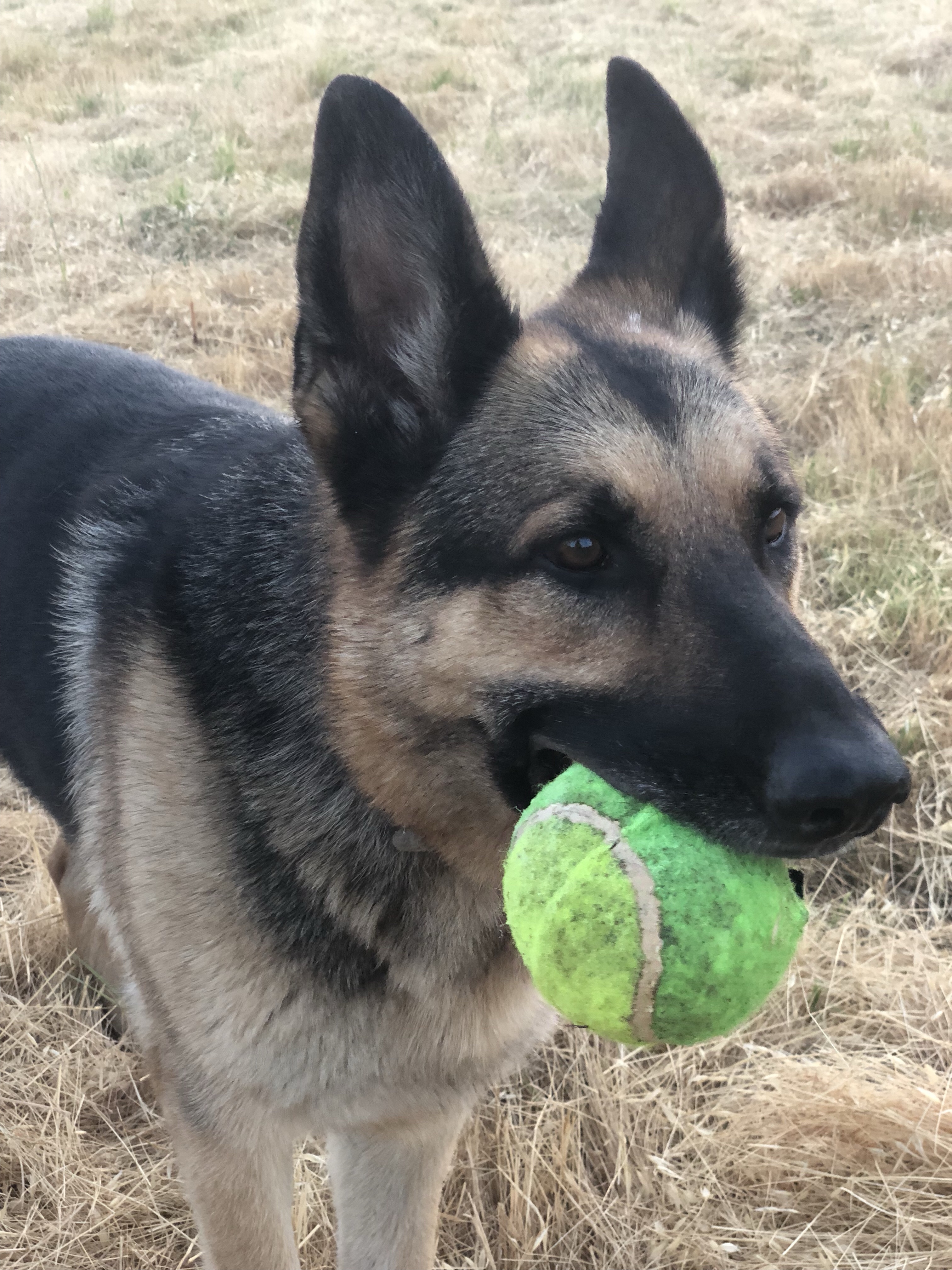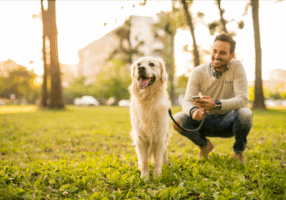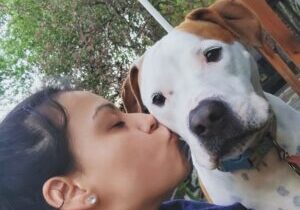
Dogs have a reputation for chewing on anything they can get ahold of in a house. It is mainly puppies and younger dogs who chew on things because they are cutting teeth. However, older dogs do it as well.
Chewing is important for dogs for several reasons, including the three below.
Keeps Teeth Healthy
It’s important for dogs to have hard chew toys or bones on which they can gnaw because it keeps their teeth healthy. When they chew on something hard, such as a marrow bone, it helps scrape the plaque from their teeth.
When plaque builds up on a dog’s teeth, it can give them bad breath and cause serious dental problems. In about 24 hours, plaque begins to harden when it combines with the salt in a dog’s saliva. This process can lead to tartar, which causes periodontal disease.
Fortunately, chewing on a large, hard bone can prevent tartar from forming, so your dog is in less likely to get a dental disease that can destroy his or her teeth.
Stimulates Tooth Growth
For puppies and young dogs, chewing on bones or bully sticks helps to encourage their teeth to develop. Along with helping teeth to grow, chewing on a hard substance can ease any discomfort a puppy or young dog has as the teeth push through the gums.
If your pup seems to be in a lot of discomfort from teething, consider putting a chew toy in the freezer so it turns cold. The lower temperature will help ease the ache their teeth may experience as they emerge. It takes about six months for puppies to grow out of the teething phase.
Relieves Stress and Boredom
Another reason that dogs resort to chewing on things is boredom and stress. If your dog is home alone most of the day, then he or she could get bored and go in search of something to do. They may find your new leather shoes and decide they smell tasty.
If a dog has stress, such as separation anxiety or fear of something like thunder, then it may resort to chewing. To prevent your shoes, the sofa, or the TV remote from being destroyed, purchase chew toys to keep your dog occupied.
You should also consider having someone look in on him or her during the day to take the dog for a walk or take them to a doggy daycare for company and stimulation. At the daycare, they shouldn’t be bored as they can play with other dogs.
Train Not to Chew
Buying chew toys, marrow bones, and other treats can help discourage destructive chewing. You should also spend time training your pup from about six to eight weeks old not to nip at your fingers or clothing, and start teaching them what they can chew.
Chewing is instinctive for dogs, which is way you need to provide something they can safely chew on besides your beloved possessions, furniture or clothing. With attention and training, they will learn what is okay to chew on.


![A happy Fetch! Pet Care client and caregiver [A happy Fetch! Pet Care client and caregiver]](https://fetchpetcare.com/wp-content/uploads/bb-plugin/cache/Imagen1-300x200-landscape-eab2b2598c5471a2e8b7f216eb2fdf09-.jpg)




